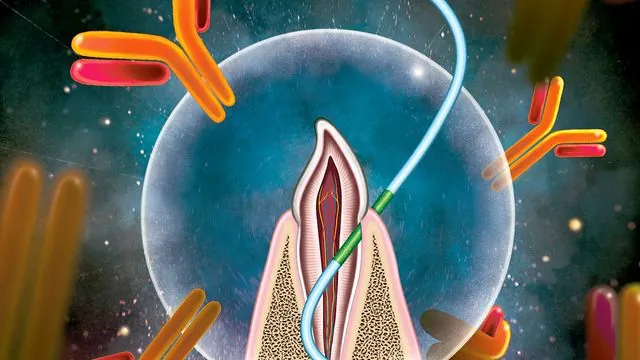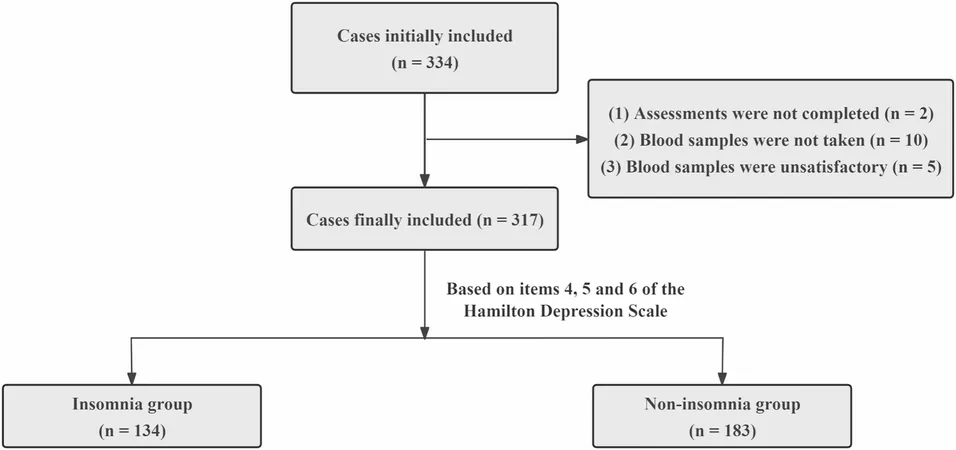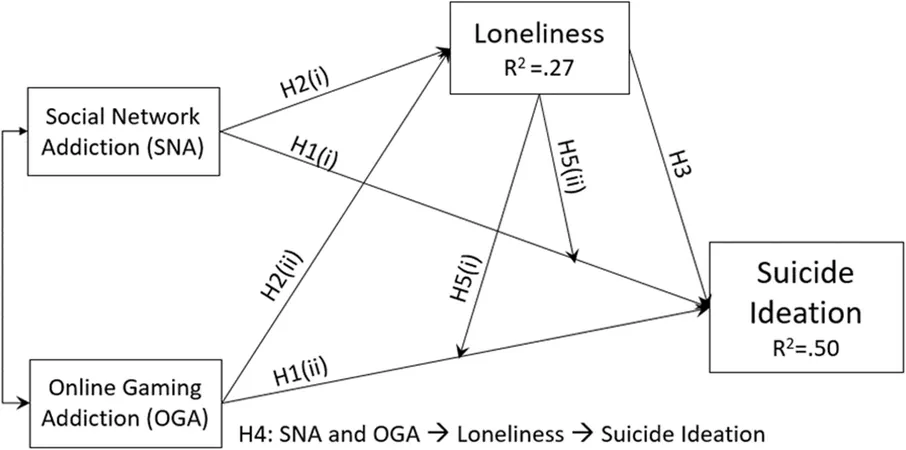
Revolutionary Dental Floss Method Could Transform Vaccine Delivery
2025-07-29
Author: Ming
Could Your Dental Floss Be the Future of Vaccination?
In an astonishing breakthrough, researchers have unveiled a potential new method for vaccine delivery that utilizes dental floss. By introducing the vaccine through the tissue between teeth and gums, this innovative technique has shown promise in stimulating antibody production on mucosal surfaces, such as those in the nose and lungs.
Harvinder Singh Gill, a leading researcher and professor at NC State University, emphasizes the importance of mucosal surfaces in defending against pathogens like influenza and COVID-19. Traditional injections primarily generate antibodies in the bloodstream, but this novel flossing method targets mucosal tissues, bolstering the immune response at crucial entry points for infections.
Understanding the Junctional Epithelium: The Key to Vaccine Advancement
The key to this innovative method lies in the junctional epithelium, a thin tissue layer located deep within the gum pocket. Unlike other epithelial tissues which serve as barriers to entry, this layer is more permeable, making it ideal for introducing vaccines. It allows immune cells to combat bacteria effectively and presents a unique opportunity to enhance immune responses across the body.
Exciting Findings From Animal Trials
In laboratory trials, the research team applied vaccines to unwaxed dental floss and then flossed lab mice. The results were groundbreaking: the junctional epithelium method produced stronger antibody responses compared to conventional oral vaccine delivery methods, such as placing the vaccine under the tongue. Moreover, this flossing technique provided similar protection against the flu virus as vaccination via the nasal route.
Safety and Practicality of New Vaccine Delivery Method
Gill pointed out a significant advantage: while nasal delivery can pose potential safety concerns—like reaching the brain—the junctional epithelium method offers a safer alternative without such risks. The research also confirmed that the method was effective for various vaccine types, including proteins, inactivated viruses, and mRNA.
Floss Picks: The Future of Vaccination?
Recognizing that traditional flossing may not be practical for human use, the team tested a floss pick—a more user-friendly device. In a small study involving 27 participants, around 60% successfully deposited fluorescent dye into the gum pocket, suggesting this method could be an efficient way to administer vaccines.
The Road Ahead: From Labs to Clinics
Though researchers are excited about the potential for clinical trials, challenges remain. For instance, this technique may not be suitable for infants and could face complications in individuals with gum disease. But the prospect of a painless and simple vaccination method that alleviates fears around needles is undoubtedly an appealing notion.
As this research progresses, it could redefine how we think about vaccination—making it more accessible and effective in the fight against infectious diseases.



 Brasil (PT)
Brasil (PT)
 Canada (EN)
Canada (EN)
 Chile (ES)
Chile (ES)
 Česko (CS)
Česko (CS)
 대한민국 (KO)
대한민국 (KO)
 España (ES)
España (ES)
 France (FR)
France (FR)
 Hong Kong (EN)
Hong Kong (EN)
 Italia (IT)
Italia (IT)
 日本 (JA)
日本 (JA)
 Magyarország (HU)
Magyarország (HU)
 Norge (NO)
Norge (NO)
 Polska (PL)
Polska (PL)
 Schweiz (DE)
Schweiz (DE)
 Singapore (EN)
Singapore (EN)
 Sverige (SV)
Sverige (SV)
 Suomi (FI)
Suomi (FI)
 Türkiye (TR)
Türkiye (TR)
 الإمارات العربية المتحدة (AR)
الإمارات العربية المتحدة (AR)